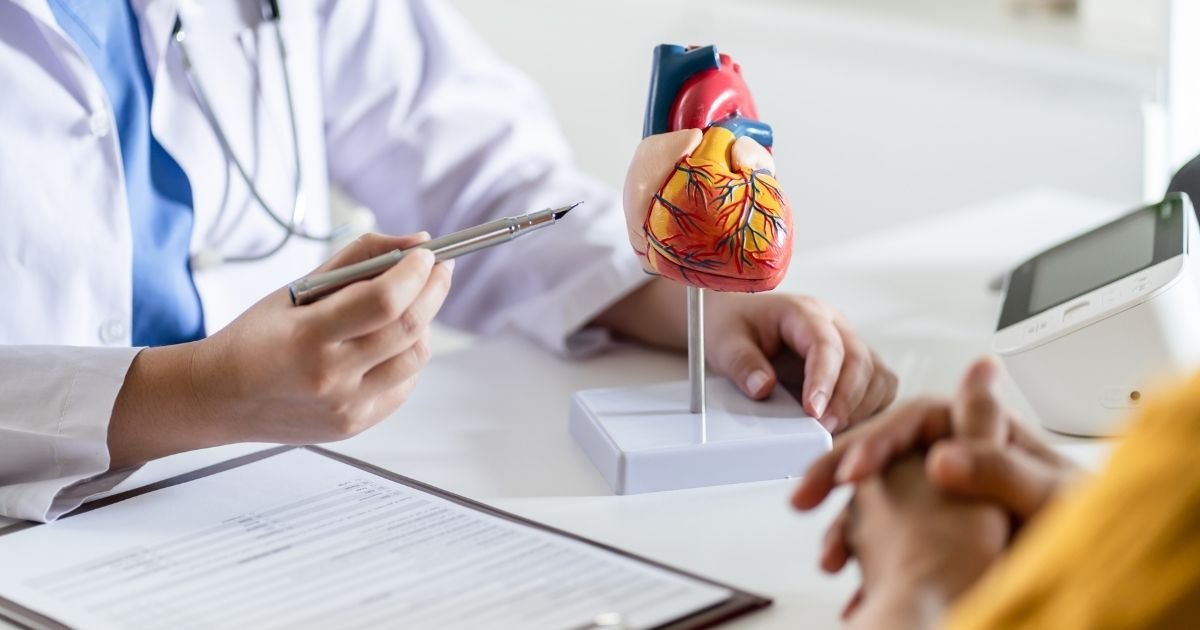Acute myocardial infarction, known as a heart attack, is one of the most serious medical emergencies. It occurs when a coronary artery is suddenly blocked, preventing blood from reaching part of the heart muscle. Recognizing its symptoms and taking immediate action can save lives, especially in places such as Puerto Vallartawhere prompt attention makes the difference.
What is a heart attack?
A heart attack occurs when an artery that carries blood to the heart becomes clogged, usually by a clot that forms over a fatty plaque build-up (atherosclerosis). Without oxygen, heart tissue begins to be damaged within minutes. The longer it goes untreated, the greater the damage.
Warning symptoms
- Severe pain or pressure in the center or left side of the chest.
- Discomfort radiating to left arm, neck, jaw, back or stomach.
- Shortness of breath, even at rest.
- Cold sweat and pale skin.
- Nausea or vomiting.
- Dizziness or fainting sensation.
In women, older adults and people with diabetes, symptoms may be less obvious, such as extreme fatigue or a feeling of indigestion.
What to do in the event of a possible heart attack
- Call 911 immediately.
- Keep the person seated or semi-reclined and calm.
- Loosen any tight clothing.
- If previously indicated by the physician, give an aspirin to chew (300 mg), as long as he/she is conscious and not allergic.
- Don't drive to the hospital: wait for the ambulance to take care of you on the way.
- If the person loses consciousness and is not breathing, start cardiopulmonary resuscitation (CPR).
Diagnosis in the hospital
- Electrocardiogram (ECG): detects electrical changes characteristic of infarction.
- Blood tests: identifies cardiac enzymes such as troponin, which increase when there is damage to the heart.
- Coronary angiography: locates the obstruction and allows it to be treated in the same procedure.
Immediate treatment
- Primary angioplasty: emergency procedure to open the blocked artery and implant a stent.
- Fibrinolytics: clot-dissolving drugs when angioplasty is not readily available.
- Supportive medications: oxygen, antiplatelet agents, beta-blockers, analgesics.
Timing is critical: receiving treatment within the first hour of symptom onset significantly increases the chances of recovery and reduces sequelae.
Heart attack prevention
- Control blood pressure, cholesterol and glucose.
- Quitting smoking and avoiding exposure to tobacco smoke.
- Maintaining a healthy diet cardioprotective.
- Practice safe physical activity on a regular basis.
- Go to cardiological checkups annual.
Importance of the local context
At Puerto VallartaIn the United States, hospitals have trained staff and equipment to care for heart attacks. Knowing which center to go to and calling 911 without delay reduces time to treatment and improves prognosis.
Live prepared, live peacefully
Knowing the symptoms of a heart attack and how to act not only protects your health, it can also save the life of a family member or friend. Don't ignore your body's signals: if you suspect a heart attack, seek help immediately.
📅 Schedule a preventive assessment in our clinic in Puerto Vallarta and know your cardiovascular risk before an emergency occurs.
Make your appointment now
References
- American Heart Association - Heart Attack Symptoms
- European Society of Cardiology - STEMI Guidelines
- MedlinePlus - Acute Myocardial Infarction
Legal note: This content is informational and is not a substitute for medical advice. In case of any symptoms, seek emergency care immediately.
